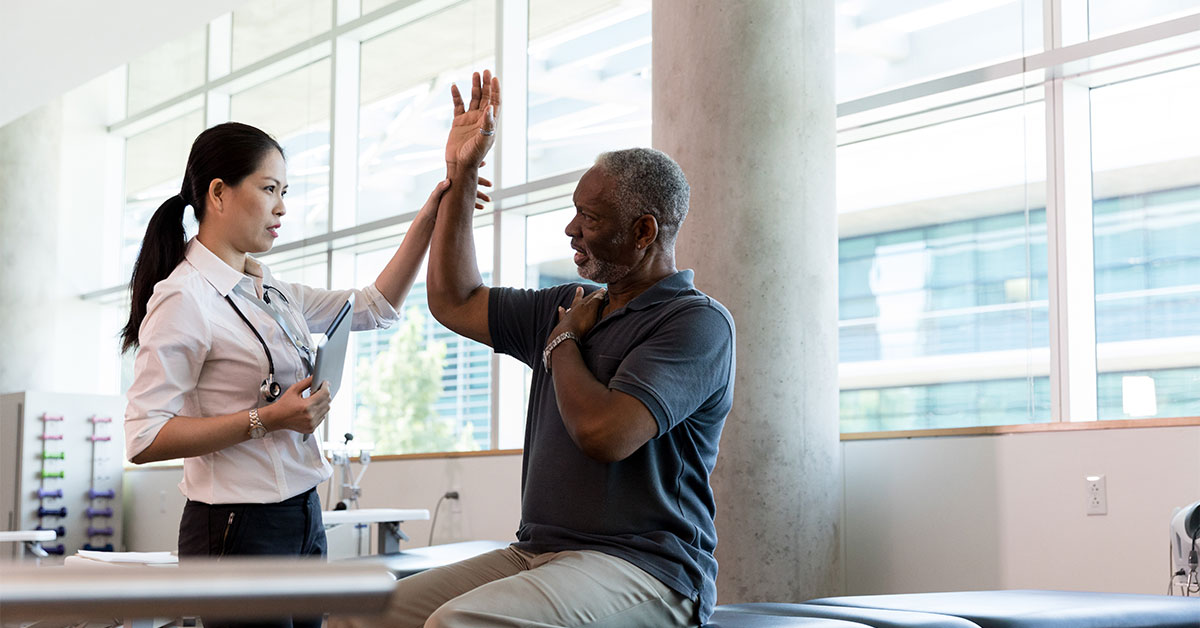Examining the Nuances of Ongoing Discomfort Associated with Sports Damage and Its Impact on Rehabilitation
Persistent discomfort is a major issue that often results from athletic traumas, impacting many sportspeople and physically engaged persons. When someone suffers from a athletic injury, such as a sprain, strain, or fracture, the initial reaction usually involves pain and swelling. However, for some people, this discomfort does not diminish after the damage heals. Instead, they may continue to feel discomfort well beyond the original trauma. This persistent condition is known as long-term discomfort, and it can be difficult to treat. Understanding the complexities of persistent discomfort is vital for both athletes and healthcare providers to ensure effective recovery.
One reason chronic pain can emerge after a physical trauma is due to the physiological reaction to tissue damage. When bodily structures are injured, the body sends out signals to alert us of the injury. This response includes swelling, which is part of the healing process. However, in some cases, this inflammatory response can become exaggerated or extended, resulting in ongoing discomfort even when the damage has resolved. Additionally, psychological factors like nervousness and low mood can influence how individuals experience pain. Sports participants may feel anxious about resuming athletic activity, which can influence their perception of pain.

Persistent discomfort can seriously affect an athlete’s recovery process. It can affect their ability to practice and perform at their normal standards. Athletes may find themselves incapable to engage in practices or games due to concern of aggravating their condition. This situation can lead to emotions of discouragement and isolation. When athletes cannot function as they did before their injury, it may also undermine their mental health and sense of confidence. Therefore, addressing both the bodily and emotional aspects of healing is essential for overcoming long-term discomfort.
Various treatment options are available for managing chronic pain after sports injuries. Healthcare providers frequently suggest a combination of physical therapy, pharmaceutical intervention, and alternative treatments read here like acupuncture or manual therapy. Physical therapy emphasizes enhancing strength and range of motion while managing discomfort through specific exercises. Drugs such as anti-inflammatories or analgesics nutrition guidance from certified trainers may be prescribed to help manage discomfort. Each athlete’s situation is individualized; thus, creating a personalized treatment plan that accounts for individual needs and objectives is crucial for successful recovery.
To summarize, chronic pain resulting from athletic trauma is a multifaceted issue that demands careful evaluation and management. It impacts not only the physical component of recovery but also the emotional well-being of sports participants. By understanding the underlying factors and effects of long-term discomfort, patients and medical professionals can work together more efficiently toward recovery. With targeted clinical approaches and support systems in place, a significant number of people can successfully manage chronic pain and resume participation in their preferred physical activities fully.